What Is a Capital Asset? The Ultimate Guide
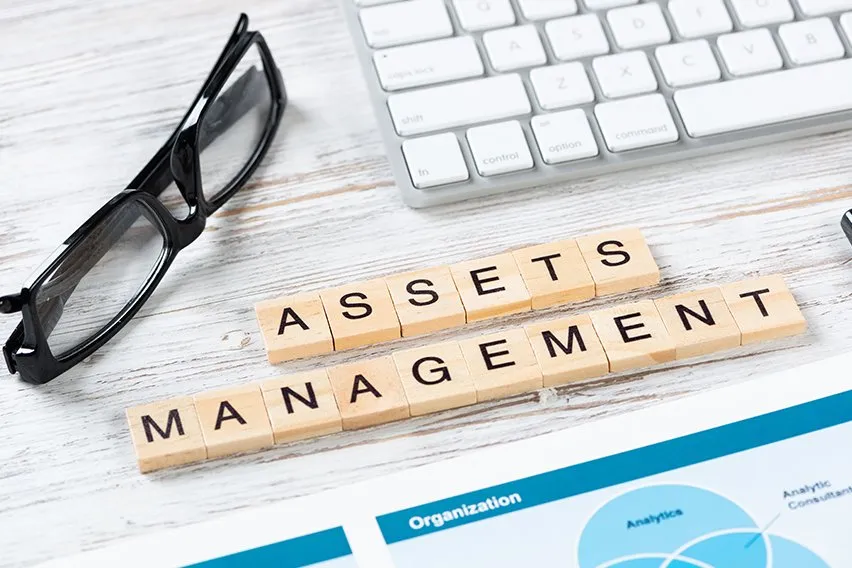
As a business owner, you’ll acquire many assets for your business over time. This is particularly true if you have a limited company. But not all assets are created equal!
Today we’re covering capital assets or fixed assets. Learn more about how they work and if you can get them for tax deductions.
Here’s What We’ll Cover:
How Do Capital Assets Affect Business Taxes?
What Is a Capital Asset?
A capital asset is typically a long-term investment for a business. The aim is to keep the asset for longer than one year before reselling. It’s usually an item that helps the operations of the business. It will have a direct contribution to generating profit for the business.
If the item is bought by a company to resell within the year, it’s likely an inventory expense. If it is something you sell as part of regular business activities, it’s also considered inventory. A fixed asset needs to have a place in your regular business operations as a revenue-generating piece of equipment.

Examples of capital assets are:
- Real property
- Land
- Vehicles
- Computer equipment
- Machinery
- Capital leases
The size of your business also affects whether the item is classed as a capital asset or not. For a small business, an iPad is a lot of money. Therefore it would be considered a capital asset. However, for a large conglomerate, an iPad is less significant. It could be noted on the income statement as an office expense. How the asset is classed will determine which of the business financial statements you use to report the capital asset cost.
Tangible capital assets are more common than intangible capital assets but they do exist. An example would be a trademark or patent.
A capital lease is when you are renting a large asset for a long period of time. You have the option to purchase the asset at the end of the operating lease term. Therefore it behaves like it is already a capitalized asset of the business.
Capital assets can go through impairment. This is when the fair market value of the asset is less than the carrying value. The carrying value is the unit acquisition cost minus the depreciation rate. All assets depreciate over time. Impairment is a sudden drop in value. It could be due to market forces, a natural disaster or damage to the asset itself. You want to avoid the impairment of capital assets as much as possible.
When a company is ready to get rid of a capital asset, it will most likely want to sell it. It can also be claimed by a bank in lieu of debt or lost in foreclosure.
How to Record Capital Assets
To accurately record a capital asset, you need to note it on the balance sheet.
As an asset, you’ll need to calculate the depreciation over the useful life of the item. A good way to calculate depreciation is to divide the purchase price by the number of years you expect to use the item. The depreciation needs to go on your balance sheet every year for as long as you own the asset.

How Do Capital Assets Affect Business Taxes?
Tax deductions for assets are complicated. The HMRC doesn’t consider depreciation an allowable expense. Therefore you can deduct the capital expense from the profit on the balance sheet, but it must be added back for tax purposes.
However, there is one way that capital assets provide some tax relief. The Annual Investment Allowance (AIA) is a government scheme to encourage businesses to invest in their businesses. The current threshold is up to £1million. You can deduct the cost of the assets from the taxable profits of the business. There are parameters as to what qualifies for capital asset purchase under AIA. Company cars don’t qualify for example.
Key Takeaways
In summary, a capital asset needs to meet the following criteria:
- The asset is expected to have a useful life greater than one year.
- The acquisition cost of the asset is higher than the capitalization limit. That is an amount that the company chooses qualifies as a “large” expense.
- The asset isn’t sold as part of normal business activities for profit.
- The asset can’t be converted into cash easily.
For more accounting guides like this one, head to our resource hub!
RELATED ARTICLES

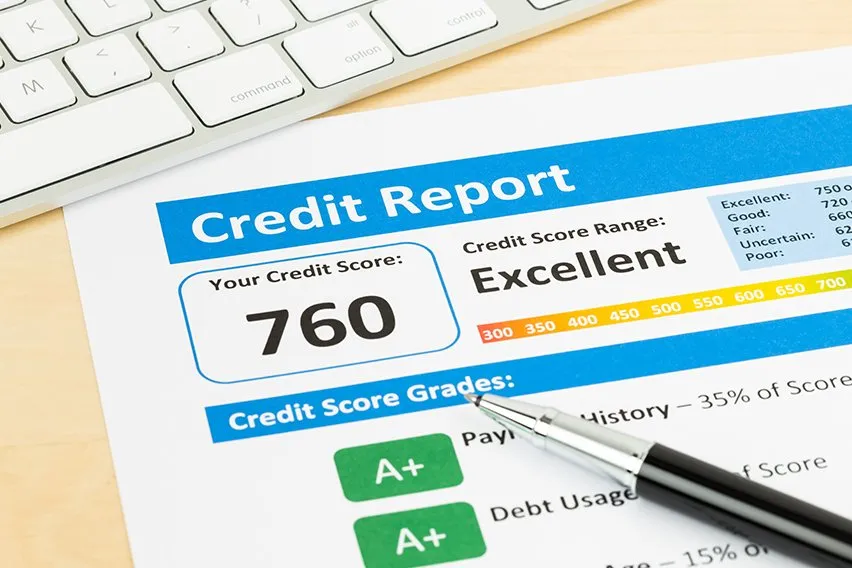 What Is a Default Account & How It Impacts Your Credit Profile
What Is a Default Account & How It Impacts Your Credit Profile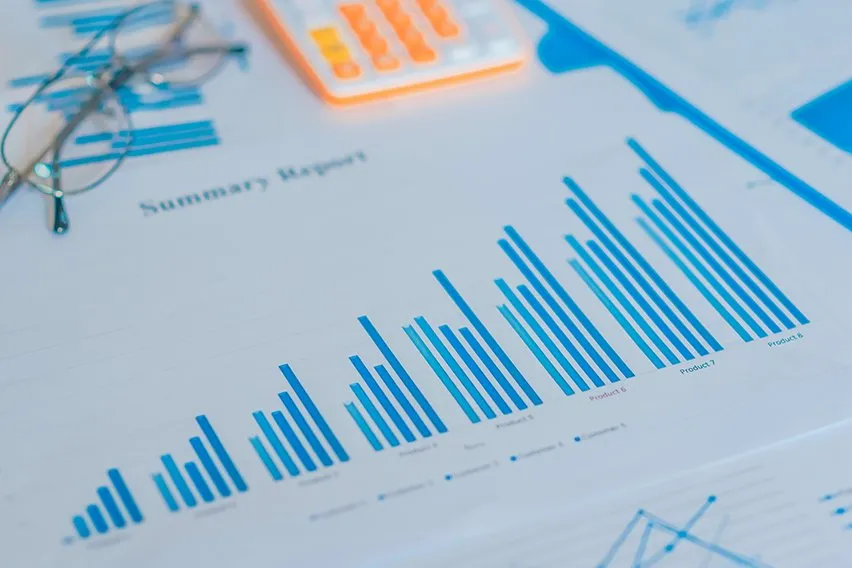 How to Improve Cash Flow in Your Business: 11 Ways
How to Improve Cash Flow in Your Business: 11 Ways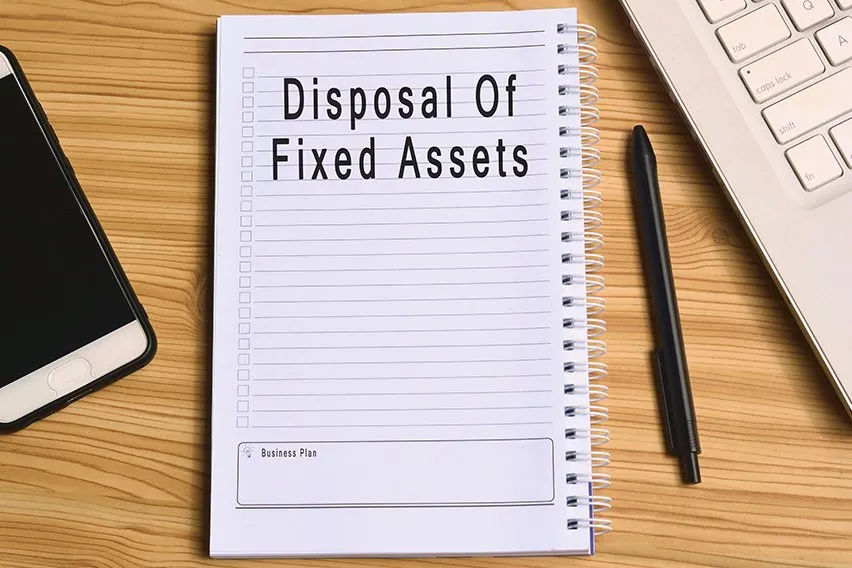 What Is Disposal of Assets? Definition & Explanation
What Is Disposal of Assets? Definition & Explanation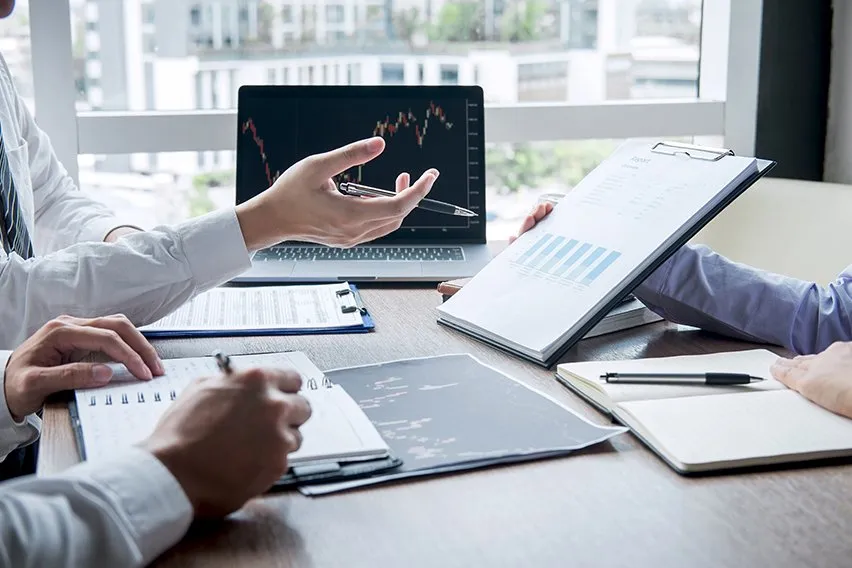 What Are Abbreviated Accounts? Everything You Need to Know
What Are Abbreviated Accounts? Everything You Need to Know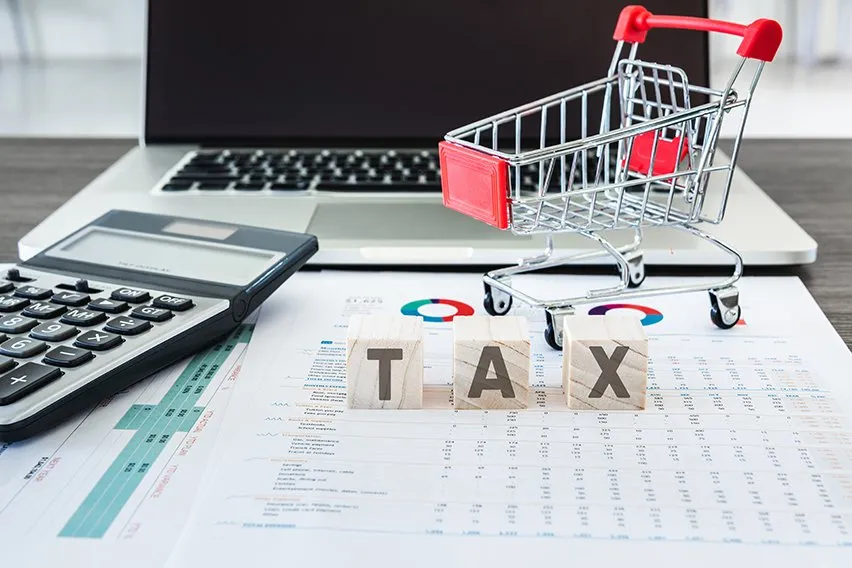 Ecommerce Accounting: A Detailed Guide for Merchants
Ecommerce Accounting: A Detailed Guide for Merchants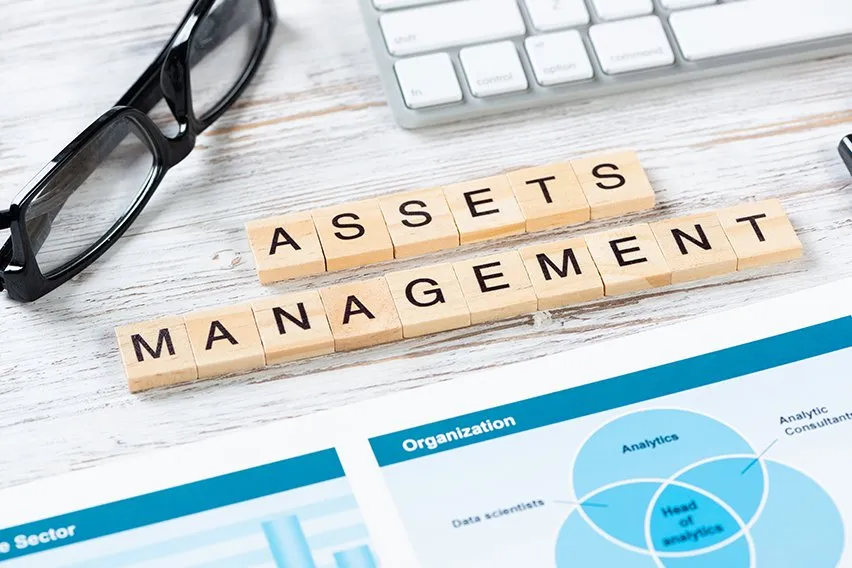 What Are Assets Under Management (AUM)? Definition & Overview
What Are Assets Under Management (AUM)? Definition & Overview